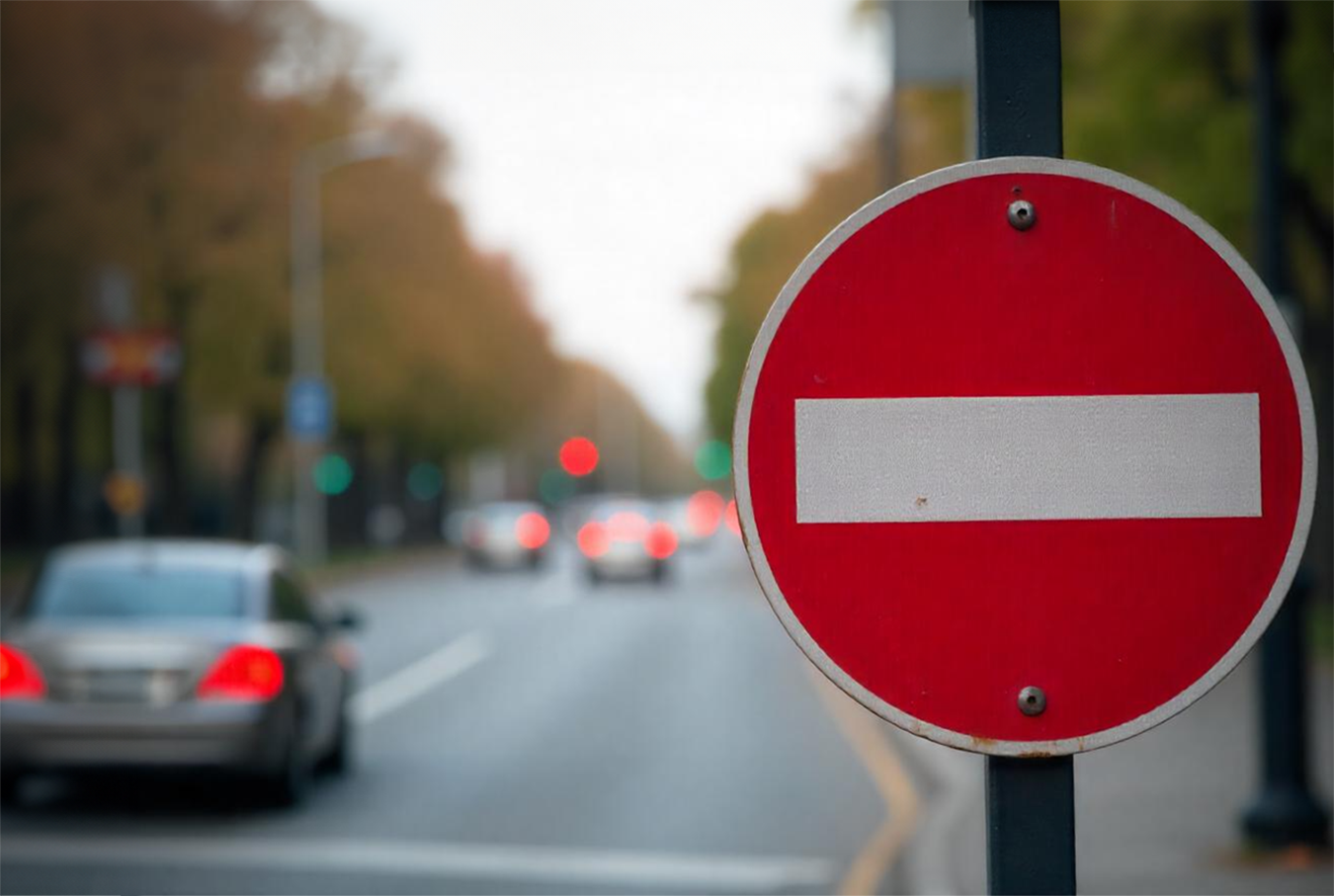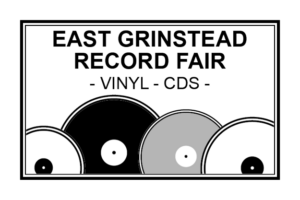What every leaflet needs to drive real customer action
Leaflet drops are a fantastic way to get your name in front of people who need your services or products. That’s the foundation of marketing, right? Getting in front of the right people at the right time.
But as with all things, success doesn’t come automatically – a little planning goes a long way.
So, how do you ensure your leaflet drop delivers results? Here are five essential elements every successful campaign must include.
1. Create a standout design
Your leaflet needs to catch the eye – plain and simple.
That doesn’t mean neon colours or overly flashy visuals. Instead, focus on a clean design that reflects your branding and grabs attention when it lands in someone’s letterbox.
Keep these key points in mind:
- Use colours consistent with your branding to build recognition.
- Don’t overcrowd the design – leave space to let your message shine.
- Ensure key details like your logo and contact information are prominently placed.
Remember, it’s better to have a clean, professional design than one crammed with information that overwhelms the reader.
Unsure about design? Consider using our Copy, Design, and Print Services to help create a professional leaflet that works.
2. Deliver a clear, focused message
A successful leaflet should focus on one key message or offer – don’t try to do too much in one go.
Think of your leaflet as a snapshot of what you want your audience to know right now. What’s the one thing you want them to act on? Trying to cover multiple services or offers in a single leaflet can confuse readers and weaken your impact.
Instead, keep your message simple and relevant to your audience’s needs. For example:
- Seasonal Focus: If it’s autumn and you’re an oven-cleaning service, position your leaflet around getting ready for the festive season with a sparkling clean oven.
- Timely Promotions: Use your leaflet to showcase a limited-time offer or seasonal deal that encourages immediate action.
By narrowing your focus to one clear goal, your leaflet becomes more effective at grabbing attention and prompting action.
Remember, a leaflet’s primary job is to introduce, inform, or remind – not to tell your whole business story. Let the leaflet do the heavy lifting on one key message and direct readers to your website or contact details for more information.
Keep it simple, targeted, and impactful to make the most of your leaflet campaign.
3. Craft concise, impactful copy
Space is limited on a leaflet, so every word needs to count.
Write copy that:
- Gets to the point quickly.
- Clearly explains your offer or service.
- Includes essential details like your business name, contact info, and website.
For example, instead of:
“Bring your kids to our superb school holiday camp this half-term for a fun-filled week of activities, sports, and entertainment.”
You could alternatively say:
“Join our fun-filled holiday activity camp this October!”
Need help writing compelling content? Check out our Copy, Design, and Print Services for expert support.
4. Use high-quality imagery
Images can make or break your leaflet.
Blurry or low-quality visuals will send the wrong message, no matter how great your offer is.
For example:
- Avoid small, pixelated logos pulled from websites.
- Stay away from generic stock imagery that doesn’t quite fit your business.
Instead, invest in clear, professional photos that reflect your business. Examples include:
- A photo of you or your team at work or your product in action
- A high-resolution image of your service being delivered.
- A clean, well-designed logo or branded graphic.
If you don’t have suitable imagery, consider hiring a professional photographer or graphic designer. The extra effort ensures your leaflet leaves a positive and lasting impression.
5. Plan your distribution
Even the best-designed leaflet won’t deliver results if it doesn’t reach the right audience.
Here’s what to consider:
- Target areas: Decide which postcodes, neighbourhoods, or streets are most relevant to your campaign. View RH Uncovered’s distribution areas to understand the households we reach each month.
- Timing: Think about the best time to deliver your leaflets. Consider the ideal moment for your leaflet to land. For example, a garden maintenance service would benefit from distributing leaflets in early spring, just as homeowners begin preparing for the warmer months.
- Reliable delivery: RH Uncovered’s door drop leafleting service ensures your leaflets are delivered to the right homes at the right time.
Planning your distribution with RH Uncovered ensures you can connect with the audience that matters most, maximising the impact of your campaign.
Set your leaflet campaign up for success
Ensure your campaign hits the mark by planning effectively and targeting the right audience. Test your strategy with our quick Marketing Health Check Quiz or contact us to see how we can help make your campaign a success.













